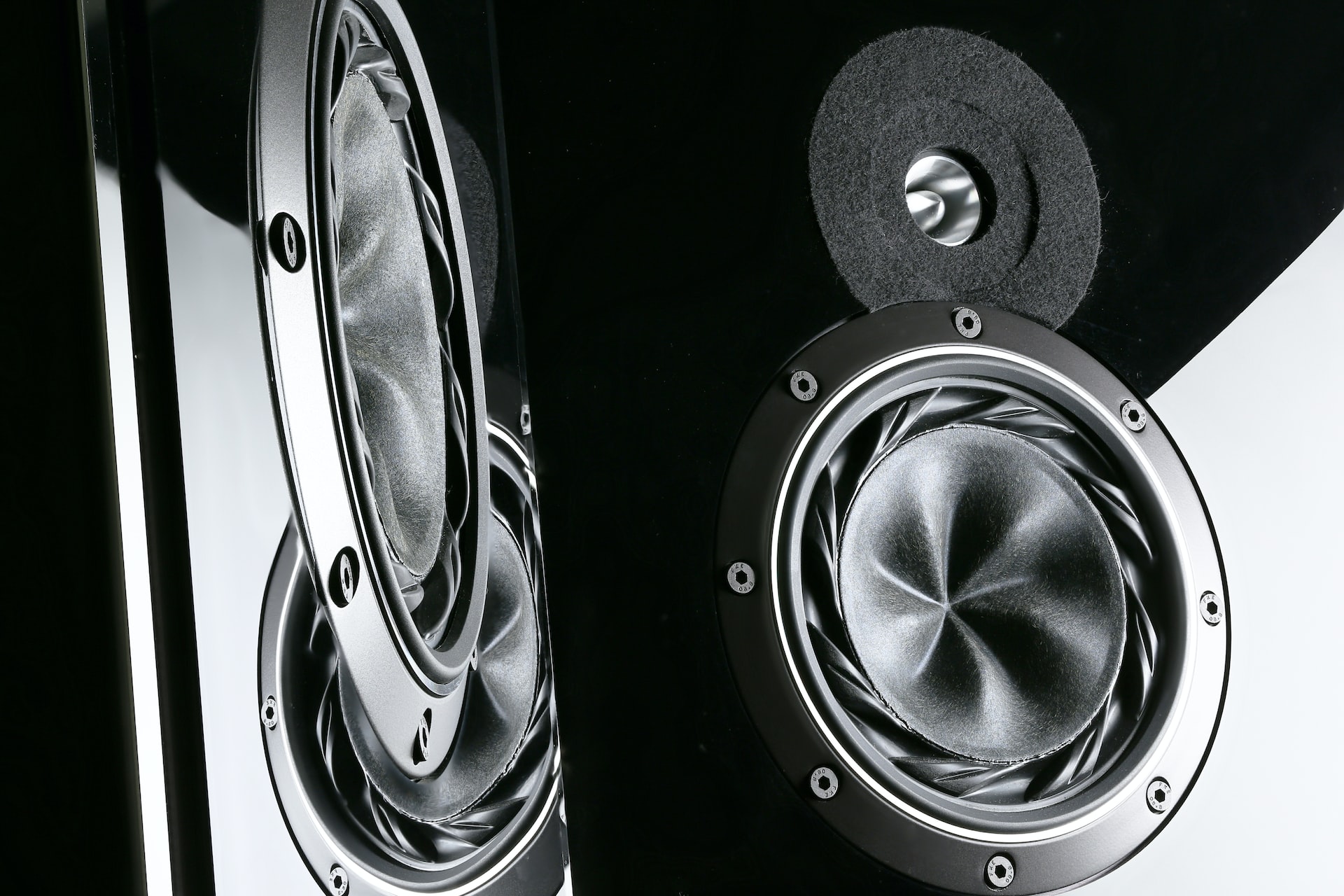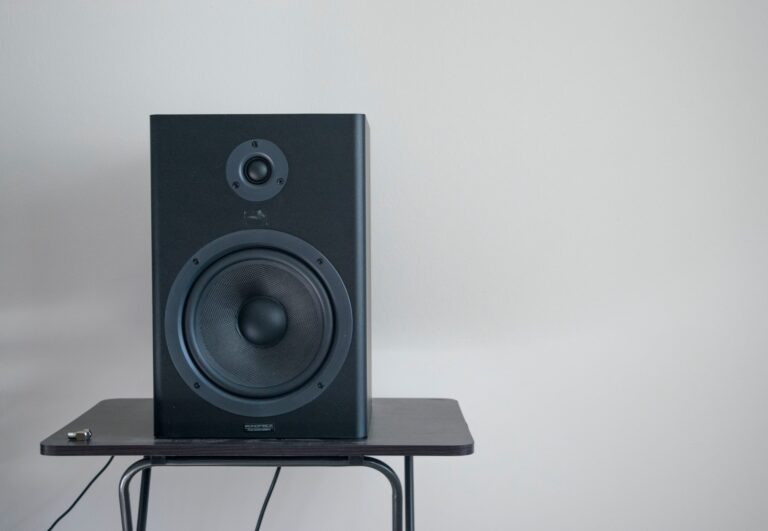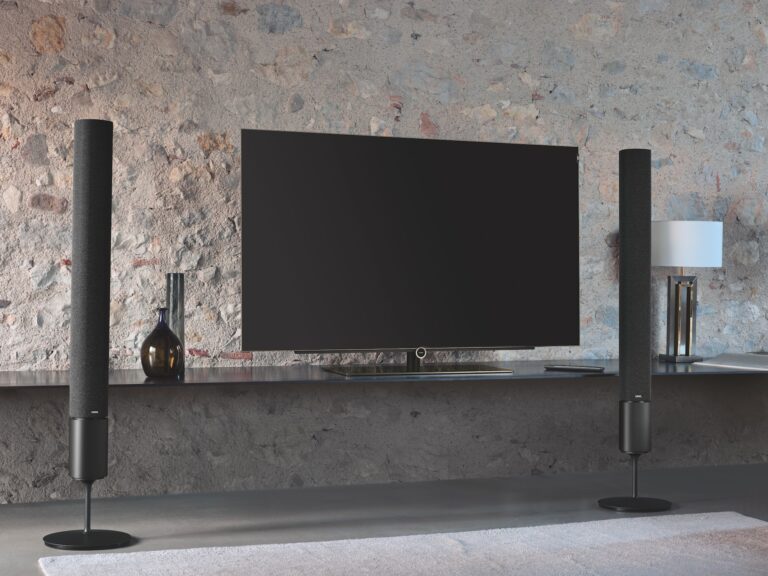Everything About Frequency Response, Sensitivity, And Impedance
Earphones and Headphones are the most commonly used accessories with smartphones daily.
When buying headphones/earphones, the two most important factors for consumers are the brand name and the price.
But these two factors are not enough for a satisfying music listening experience.
In choosing your next headphones, you should consider frequency response, sensitivity, and impedance.
If you know what’s best for you and what you need, you’ll be able to get the right headphones and save money.
In this article, we hope that you will be aware of how to make your next purchase to deliver better sound quality.
Frequency Response Range [Hz]
According to the frequency response of headphones/earphones, they offer an audible range of sound to the listener.
It is a frequency range between 20 Hz and 20000 Hz that humans can hear.
Ultrasonic sounds are that above 20000 Hz, while infrasonic sounds are those below 20 Hz.
Whenever you buy headphones or earphones, make sure that the frequency response range they cover is what you are looking for.
The frequency response of headphones and earphones is available below and beyond the 20 Hz to 20000 Hz range.
Many Sony earphones feature a low-end frequency of 4 Hz, while premium headphones feature a high frequency of 28000 Hz.
This means that the numbers are above and beyond the normal audible range, is this just a fluke?
The answer is no.
We can still feel sounds at this range, even though we can’t hear them. Listening to music becomes more immersive because of this.
It is beneficial to choose a headphone/earphone with a frequency range below 20Hz if you are a bass fanatic to achieve the thumping bass effects.
The following graph shows which frequencies are emphasized over others. 20 Hz – 20 kHz is the ideal range of audible sounds.

Sensitivity [dB/mW]
Sensitivity refers to how efficiently a headphone or earphone converts electrical signals into audible sounds.
Using Sensitivity, we can measure how loud the speaker driver in the headphones/earphones can get.
Decibels (dB) of Sound Pressure Level (SPL) per milliwatt can be used to determine sensitivity. Sometimes it is shown as dB/mW or (dB SPL/mW).
For most devices, it lies in the range of 80-110 dB SPL/mW.
To better understand how sensitivity affects your hearing experience, you can imagine what 80dB sounds like during rush hour downtown.
Generally, the higher the sensitivity, the louder the output, and vice versa.
It might seem beneficial to buy an earphone or a headphone with high sensitivity, but that isn’t true.
When producing loud sounds, high sensitivity may cause audio quality to be distorted. This adversely affects the quality of music.
It is harmful to our ears when we listen to high SPL sounds for long periods which can cause irritation and pain.
Make sure the product you choose has a sensitivity of between 90-100 dB/mW for a balanced loud and clear sound output.
Interested in knowing more? The graph below explains what each degree of sensitivity means.

Impedance[Ω]
Impedance refers to the resistance that the circuitry presents to the flow of electrical current.
We measure impedance in Ohms.
The impedance values of earphones on the market generally range from 8-16Ω while headphones have values between 16-50 Ω.
As impedance increases, electrical signals need more power to be sent to the driver.
In the case of a lower impedance, the driver will need less power to receive electrical signals.
High and low impedance both have their advantages and disadvantages.
If you plan to use your headphones/earphones with a smartphone, then low impedance values are necessary.
For better sound quality, always choose headphones or earphones with a low impedance when using a budget smartphone without DAC (Digital Audio Converter).
A low impedance circuit generates audible background distortions due to a large amount of current flowing through it.
A high impedance headphone or earphone produces profound sound clarity, but they are expensive since a dedicated amplifier is necessary.
Audiophiles and professional sound engineers should use these high-impedance headphones to experience studio-quality sound with their music.
These types of headphones/earphones may not sound particularly sharp or vibrant when used with a normal smartphone.
You just need a headphone or earphone with a low impedance (32 Ohms) to listen to music while using a mobile or laptop device.
Here is a graph that shows how energy consumption varies with impedance.

FAQs
Does impedance affect frequency response?
This is dependent on how the headphones’ impedance changes with frequency. The output impedance greater than 1/8 may not cause issues if the impedance remains mostly flat from 20Hz to 20KHz.
Why does impedance decrease when frequency increases?
The capacitor is impedance is high when the frequency is low, so most of the current flow through the resistor. The frequency increases, so the capacitor diverts more current and the rest of the circuit receives less.
Is impedance matching necessary?
No, matching impedance is not always needed. For example, when lower impedance sources are connected to high impedance loads, the amount of power that can pass through the connection is limited.
There are three frequency response ranges: bass, mids, and treble. Generally, the range of audible frequencies is 20 to 20,000 Hz; this seems to be the accepted range for most headphones.
A wider frequency range is available in some headphones (for example, from 5 to 33,000 Hz), but this does not always equate to quality sound.
Headphones/Earphones are generally rated between 80 and 125 dB SPL/mW in terms of sensitivity.
According to experts, sound levels should be kept between 60 and 85 decibels to prevent damage to your ears. If your music is loud enough to exceed 100 decibels, limit your usage to 15 minutes at most.
Conclusion | Everything About Frequency Response, Sensitivity & Impedance
Audio quality from a headphone/earphone is not solely determined by its sensitivity, impedance, and frequency response range, but these factors contribute to play a role.
We promise that if you use the numbers mentioned in this article to look for a headphone or earphone, the end result will be rewarding.
Please read our article about different types of speaker drivers in headphones and earphones to learn more about the sound quality of headphones and earphones.
Thank you for visiting our site! Now you are familiar with Frequency Response, Sensitivity, and as well as Impedance.







